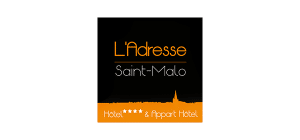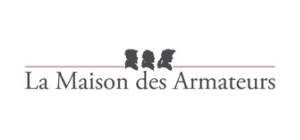Day 1
SAINT MALO and LA LATTE FORTRESS
St-Malo, named the Corsair City, the base and hometown of the most famous ship owners and “legal pirates” is an amazing fortified city on the emerald coast in the northern part of Brittany. You will take a walk on the city walls to understand that it is a former island. Your private guide will take you through the maze of the narrow streets that have their own funny stories such as the “Dancing Cat Street”, “Pelicot Street” one of the tiniest where some houses date from the 16th century and by a miracle were not destroyed during World War 2, and many more. You will also appreciate the conception of the“belt” of the fort islands such as la Conchée, le Fort National, Harbour, le Grand Bé, le Petit Bé… that were mainly designed by the engineer Garengeau disciple of one of the greatest french engineers Marshall Vauban who especially designed la Conchée Fort, At low tide you can walk to some of these islands.
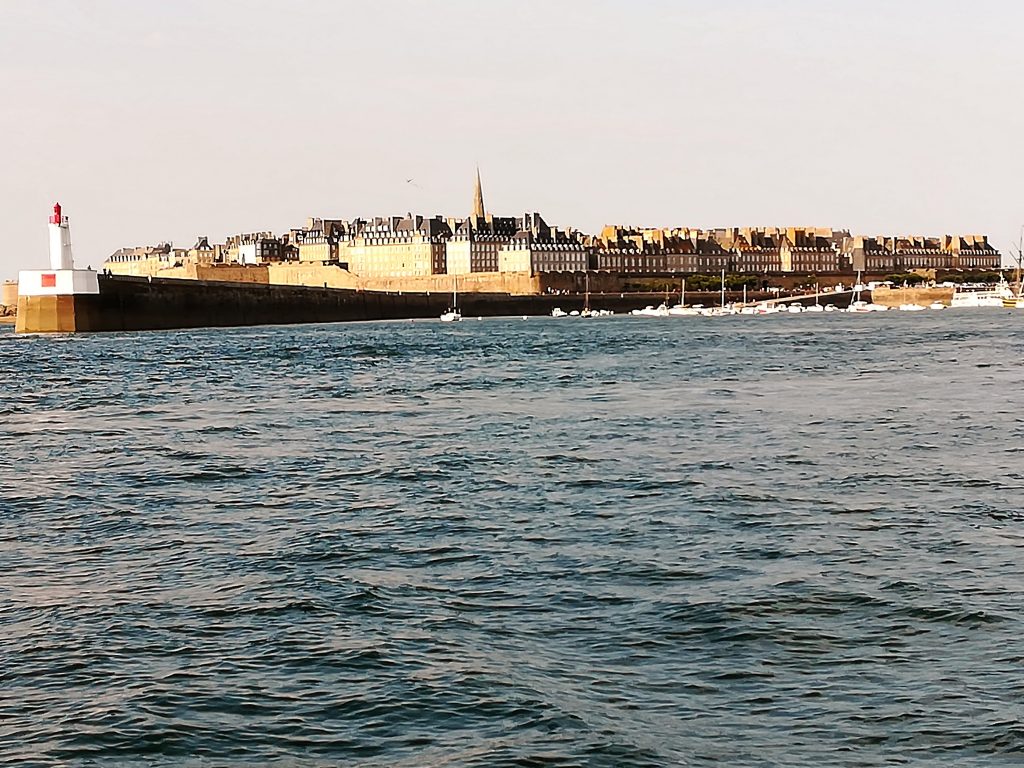
St Malo inhabitants have always been sea oriented, like most of the people in Brittany, because its wealth until nowadays depended on that connection with the ocean.
St-Malo was named after Maclow a monk who came from Wales in the 6th century. Your private guide will take you to the original settlement of the monk : Alet area, a beautiful site with an impressive 180° overview of the bay and the Rance river mouth. A very stategic location too with the most recent examples of contruction, the 18th century military fort built under the king Louis the 15th and as a part of the the atlantic wall a German heavy battery artillery dating from World War 2.

You will definitely enjoy strolling in the old town and the overview outside the walls.
Then you will head to Fort La Latte whose construction started in the 14th century is an incredible medieval fortress located in the west part of the Emerald Coast.
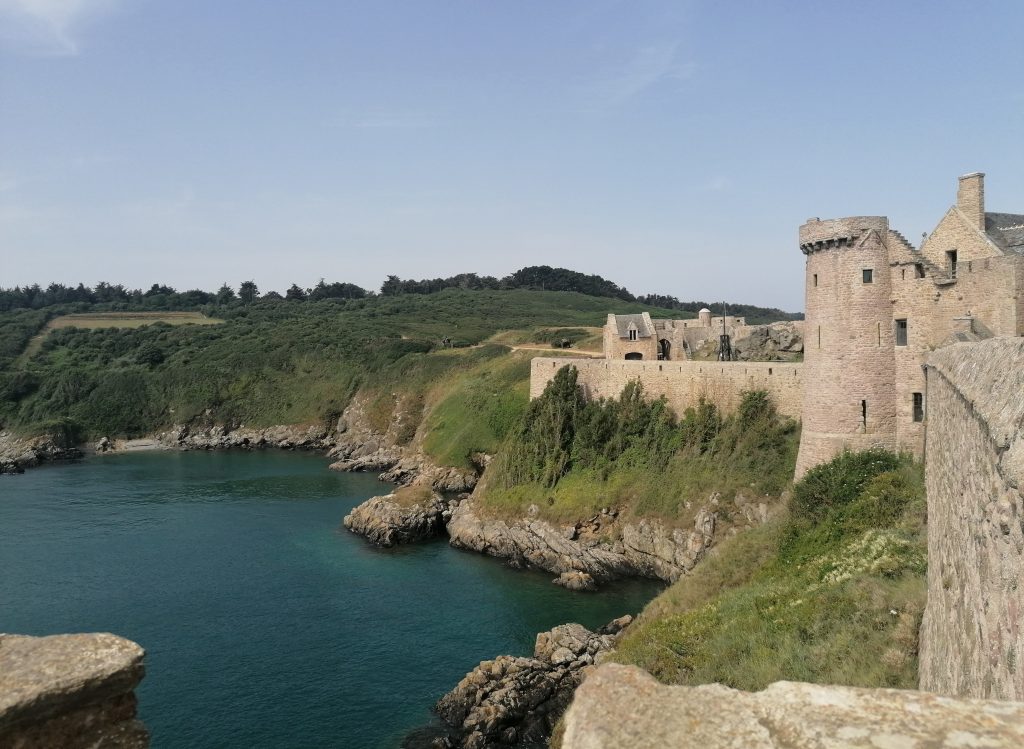
During this visit your private guide will show you all the aspects of the medieval defensive architecture although in the 17th century it was turned into a military fort. You will definitely enjoy to see draw bridges, barbacane, water tank, donjon, canon ball kiln… and of course the view from the cliff and the keep over the sea.
This visit requires walking in steep path.
Night in Saint-Malo
Day 2
MONT SAINT MICHEL and DINARD and MONTMARIN
To reach this unique place in the world, also known as the Marvel of the Western World, the sea has to draw aside to let anyone go through. The Mont Saint Michel is at the same time a village, an island and an abbey erected on the top of the rock at almost 100 meters high (300 feet).
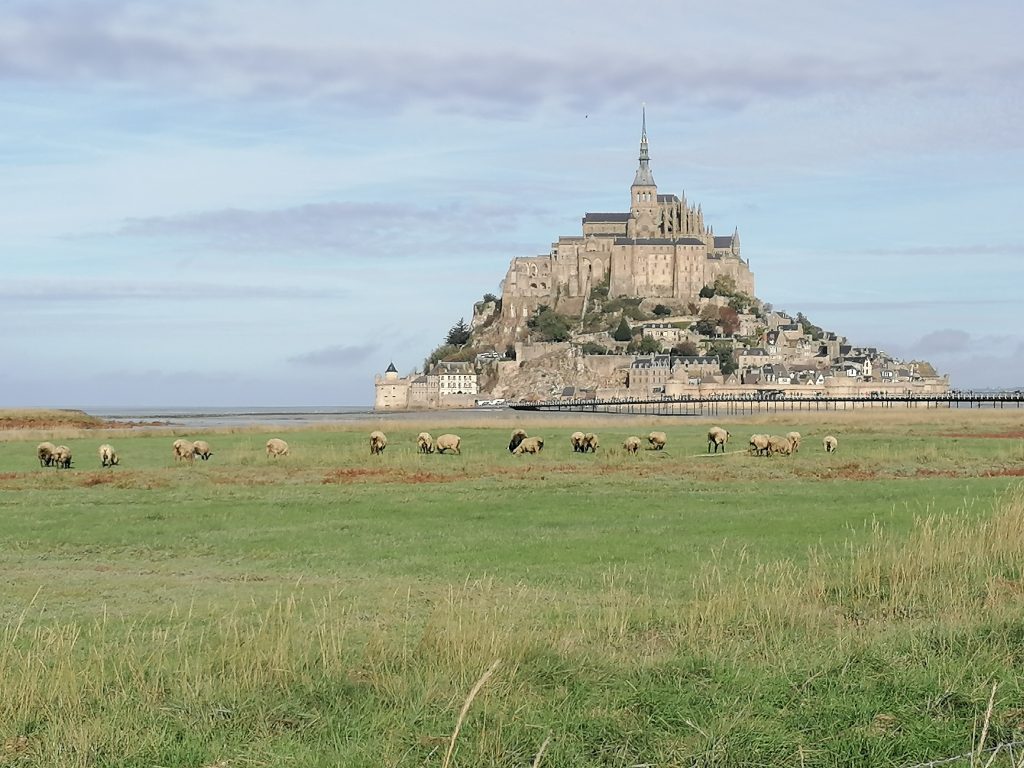
Since the dream of the bishop Aubert in 708 to the current abbey generations of workers, pilgrims, monks, sellers, soldiers, kings… were irreparably attracted by this site whose construction was constant from the 10th century to the 17th century. The Mont Saint Michel is located in a bay which is, like the village and the abbey, in the World Heritage List of the UNESCO and where the tides are the largest in Europe, they can be 15 meters high (45 feet).
During your visit you will understand how people could start a building site 1000 years ago on the top of a rocky island, surrounded by water with impressive tides. Your private guide will explain you why the worship of Saint Michael was started here and how a part of the story was made up and by who.It is a unique journey in a very special place.
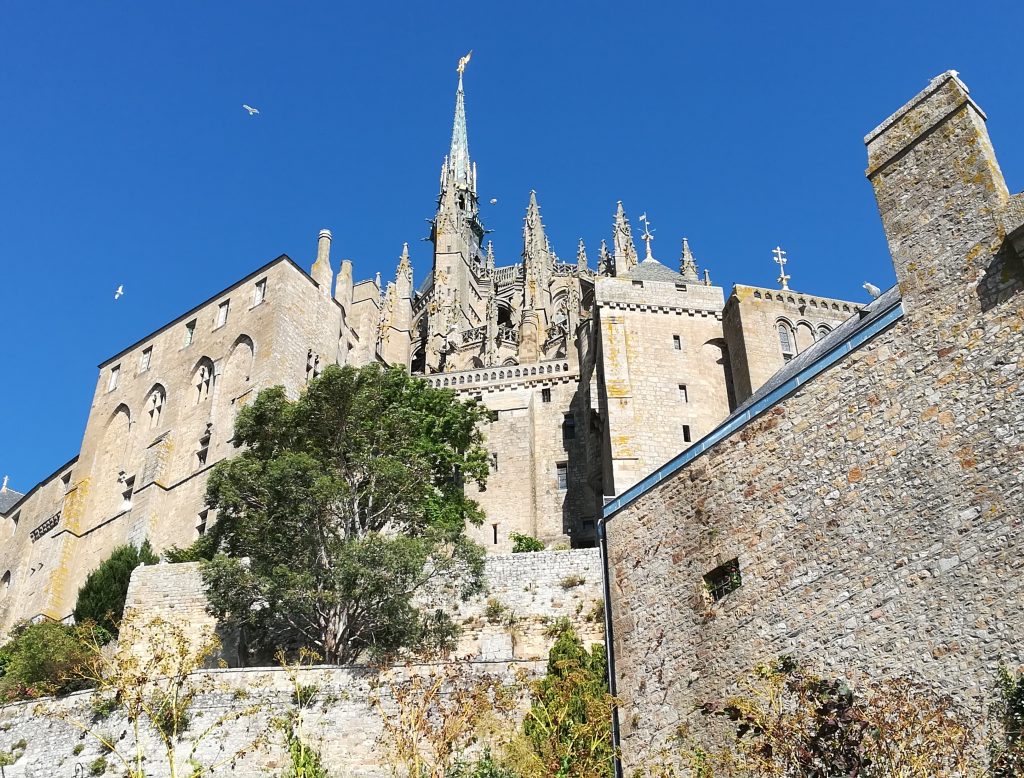
Leaving this unique place your private guide will drive you through the world’s capital of the oysters : Cancale.
After an enjoyable lunch break (lunch not included) in a nice tipical place you will head to Dinard to stroll in this former fishermen village turned into an effervescent and entairtaining resort in the 19th century.
Then you will be ready for another enchanting visit.
The Malouinière of le Montmarin is located on the left bank of the Rance river in a beautiful, peaceful and hidden spot. A Malouinière was a very large secondary home built outside the city walls of St Malo by the most prosperous ship owners and where they could have more space and privacy. The Montmarin Malouinière dates from 1760 but is not opened to the visitors unlike the beautiful park and gardens (around 15 accres) by the river. The gardens listed as Historical Monuments are also labeled “Jardins Remarquables”
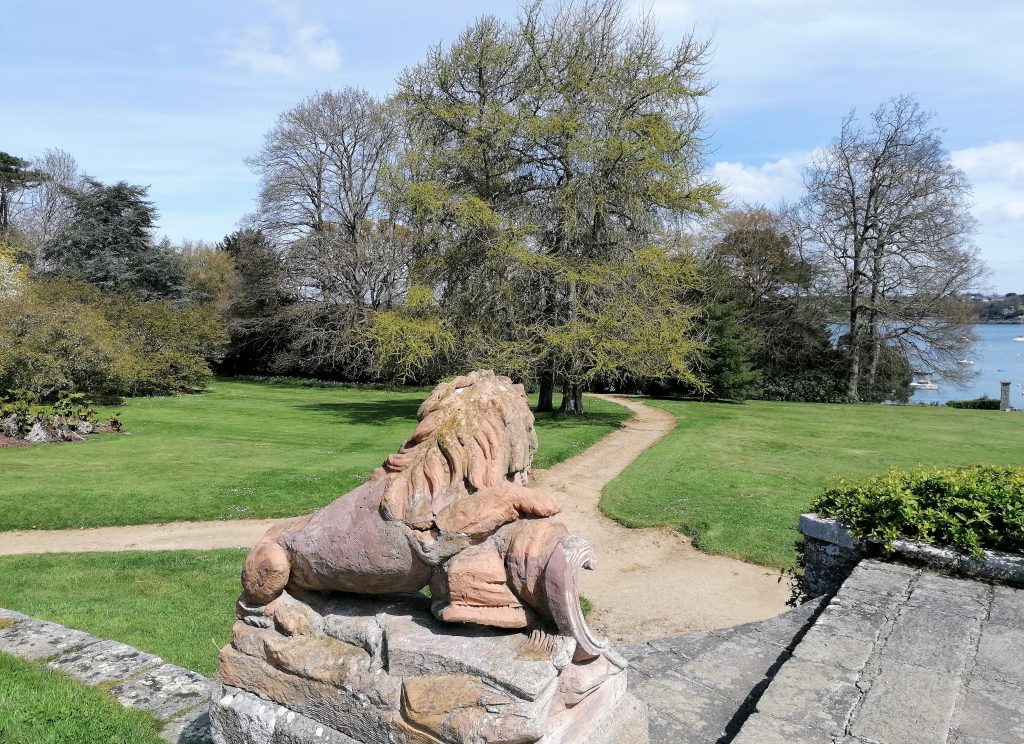
The Montmarin atmosphere is magic and enchanting,
During the visit you will see a very interesting model of the grounds and the shipyard in the 18th century.
By the way, do you guess why they needed such hidden spot ?
Night in Saint-Malo
Day 3
THE PINK GRANIT COAST
A unique place where the pink stones carved a ragged coast and where future Christian Saints coming from England arrived as they did all over Brittany. Ploumanach which is an area of the little charming town Perros-Guirec is one of the best example of this mix of splendid nature and history.
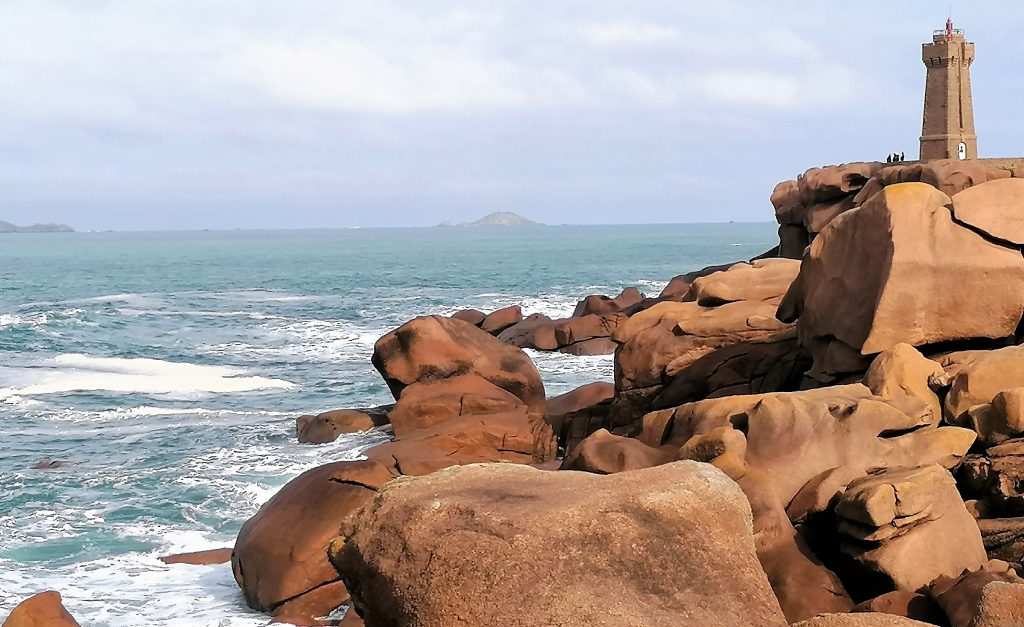
During this day you will visit the Abbaye de Beauport.
It is a quiet and spiritual shelter between land and sea overlooking Paimpol bay. You are now in Beauport Abbey founded in 1202. Commissioned by the Count Alain de Goëlo who wanted to ensure his parents to be hosted in heaven and to provide a religious structure to the locals the whole site spreads out up to 300 acres and shelters now an effervescent wildlife.
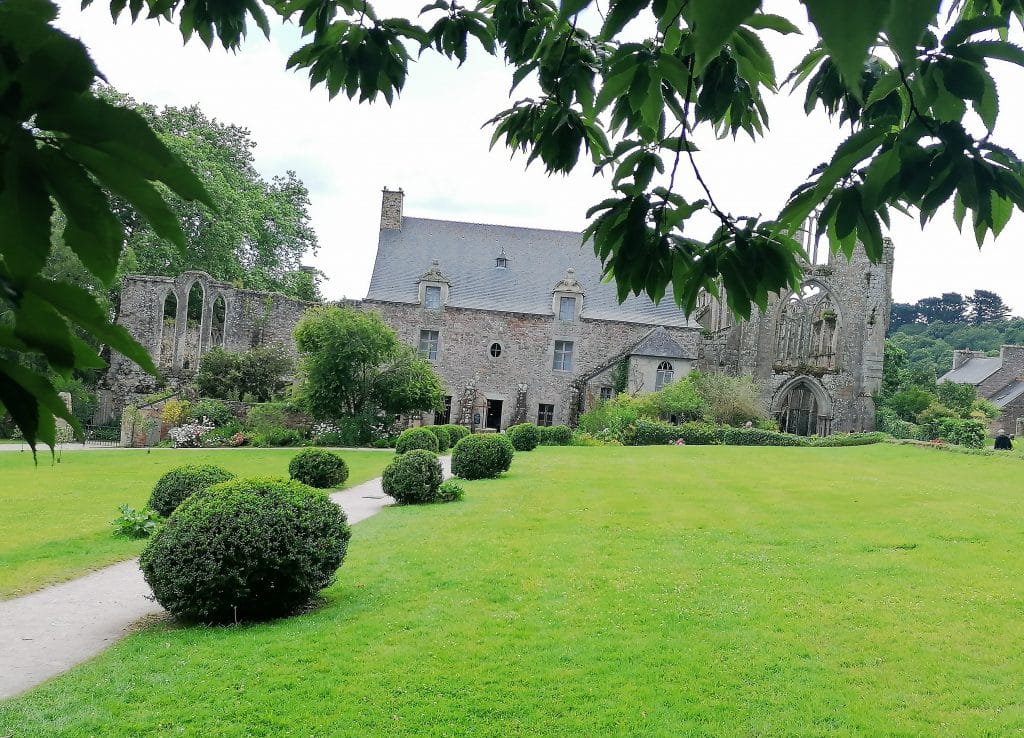
Before being, on purpose, this evocative ruin, it’s been turned into residential accommodations, stables, city hall, school and a cider press since the 18th century. Cider is still being produced nowadays thanks the orchard in the site.
Then the Château de la Roche Jagu will be another stop. In that site there was a fortress since the 11th century but the Castle your private tour-guide will take you to dates from the early 15th century, between 1405 and 1418.
The castle is one of the best examples of the civil medieval architecture in Brittany and a great key to understand these times in France called feudal times that cover most of the middle ages.
The location selected on purpose on a hill over a loop of the Trieux River, the altitude, the wealth…are the main aspects of the power of the local lord whose any other person in the community was a vassal.
In 1532 Brittany was attached to the French crown, it became part of France, so such fortresses were not useful anymore although garrisons could be stationed in.
It was both a fortress and a lord residence, as you will notice through the main wings of the building.
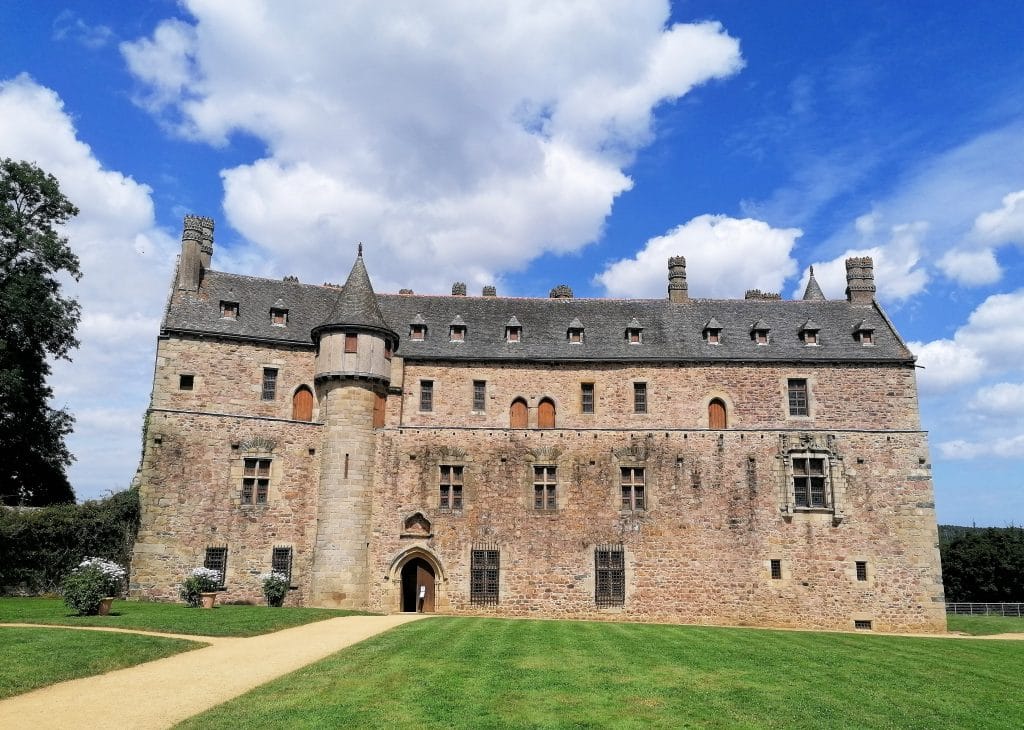
The fact that the owners didn’t live often in the castle in the 17th and 18th centuries you have a great example of a wealthy medieval castle, including the architecture , the way of living…in those times.
Until recently, the 19th century, it was a prosperous farm located in a beautiful park on a hill with a gorgeous and impressive view of the valley.
Night in Quimper area
Day 4
QUIMPER and CORNWALL
You will start your day with the visit of Quimper, the captal city of Cornwall where you will enjoy a walking tour and learn more about Brittany through archelogical treasures, ceramics, furnitures, clothing…in one of the most interesting museum.
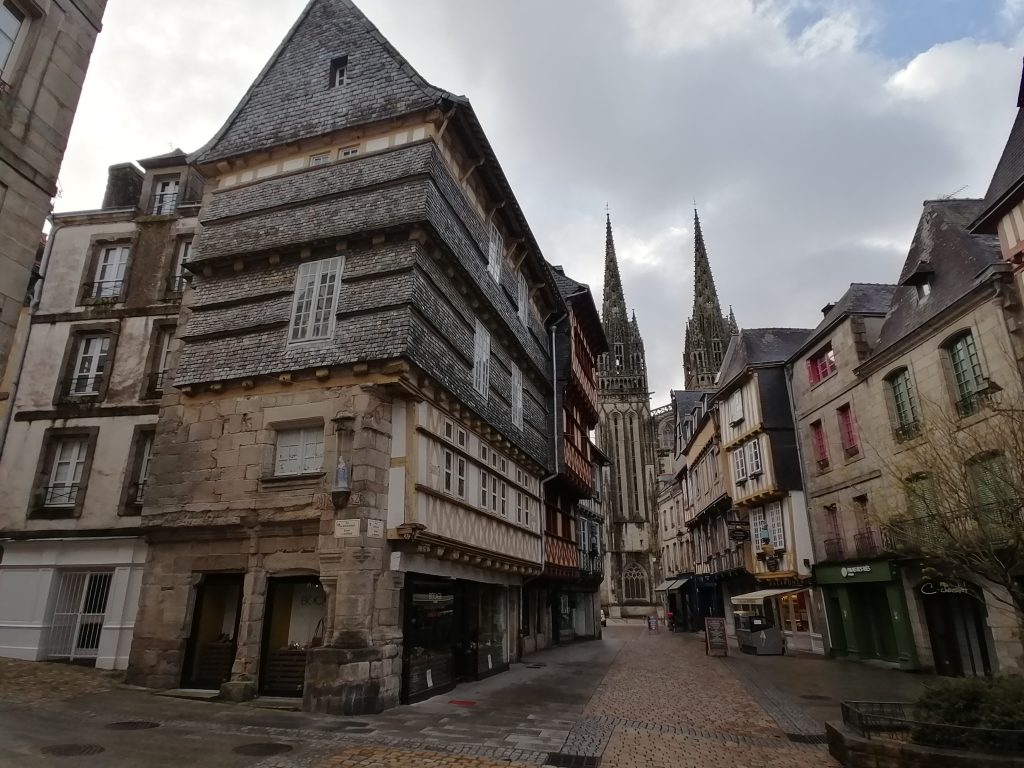
Then you will head to Locronan, one of the most charming villages in Cornwall, labeled “Most beautiful villages of France”.
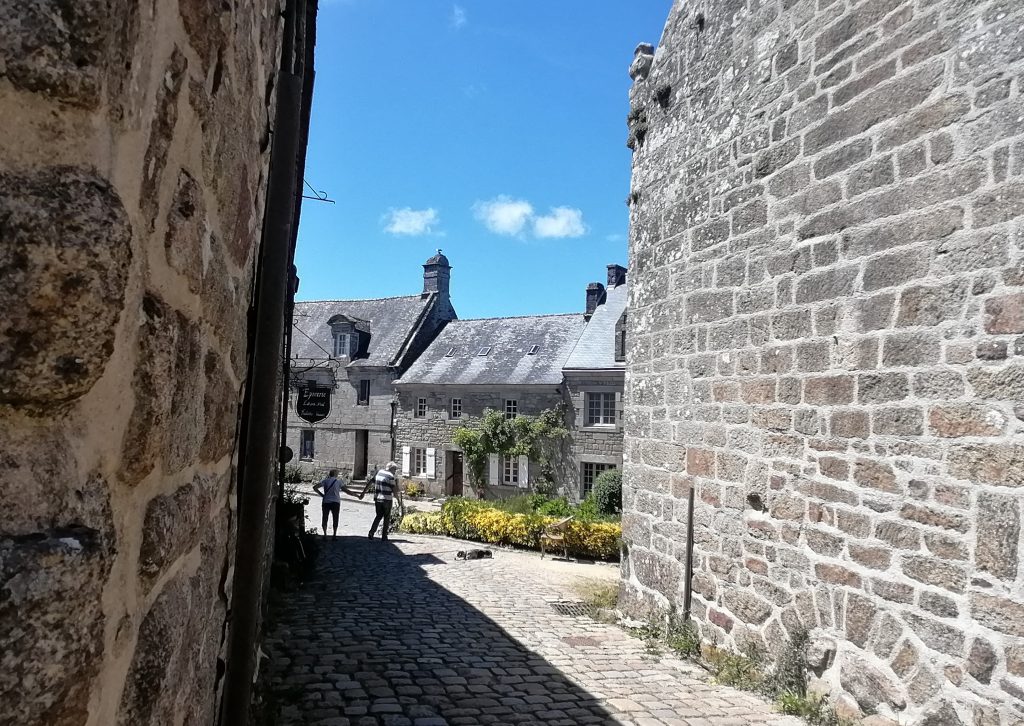
In the afternoon you will head to Pont-Aven to understand how such tiny village “in the middle of nowhere” inspired so many painters and where “l’Ecole de Pont-Aven” was founded by “The Americans”. Although they were British, Scandinavian, French… Actually The local inhabitants named this artists melting pot “The Americans” .
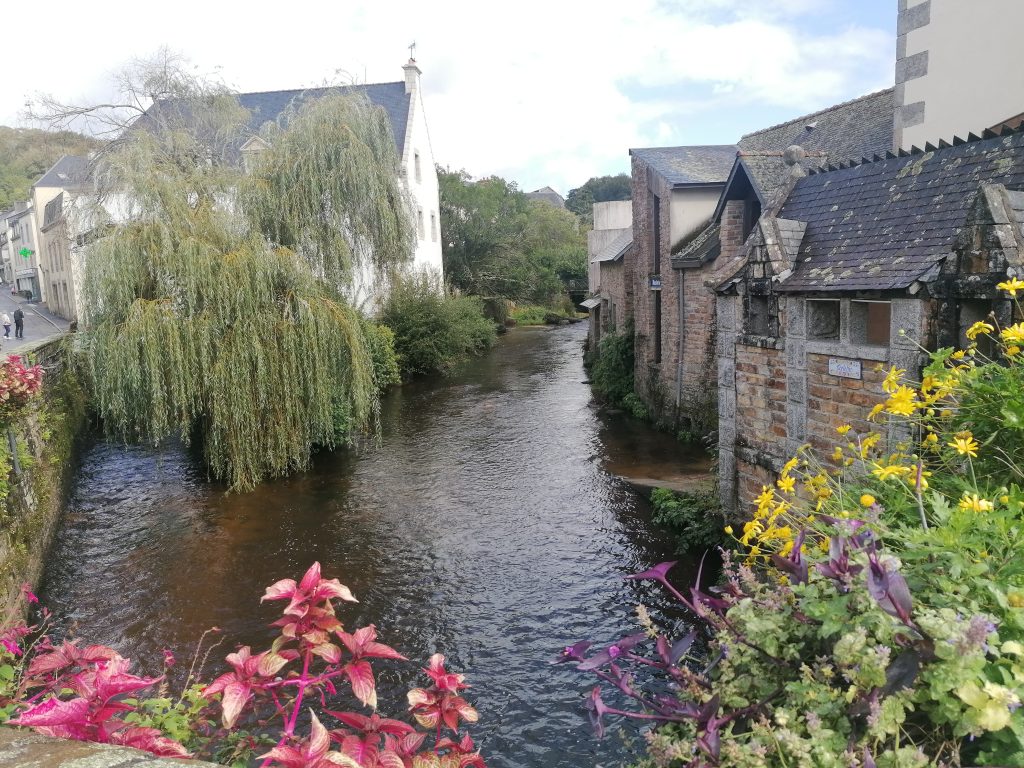
In Paris when the art schools and workshops closed for summer the artists started to leave the city, this how Robert Wylie went to Pont-Aven and settled around 1865. The American painter Henry Bacon had visited Pont-Aven in 1864 and recommended it to Wylie.
The “Ecole de Pont-Aven” style was definitely established from 1886 to 1896 by an international community of artist whose leader Paul Gauguin defined their works by saying : “they took the right to dare to do everything”.
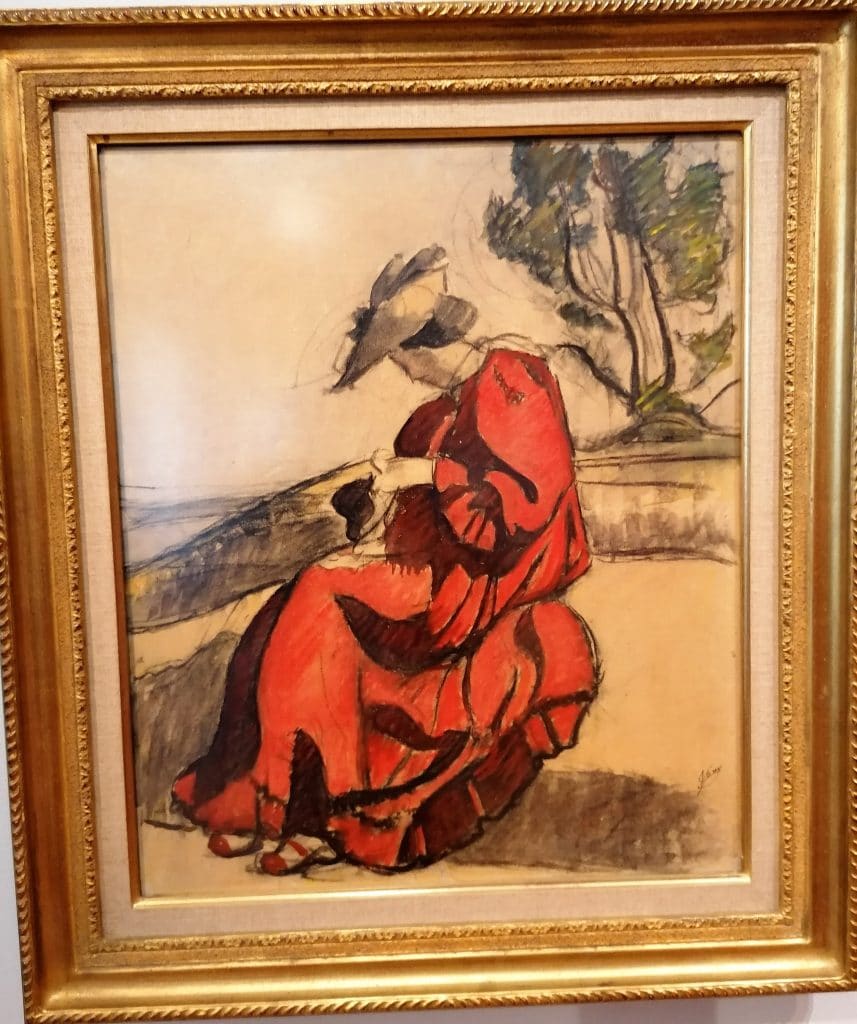
Night in Quimper area
Day 5
CARNAC MEGALITHS and VANNES GULF OF LE MORBIHAN
Today you will enjoy a journey where standing stones speak. One of the 3 largest concentration of megalith sites in the world is in Brittany. These sites go back to the megalith civilization (giant stones civilization) during the Neolithic era over than 6000 years ago.
You will understand the difference between Dolmen, Cairn, Tumulus, Menhir…Carnac is the most famous megalith site in France however, the variety and amount of other sites in Brittany is of a great interest.
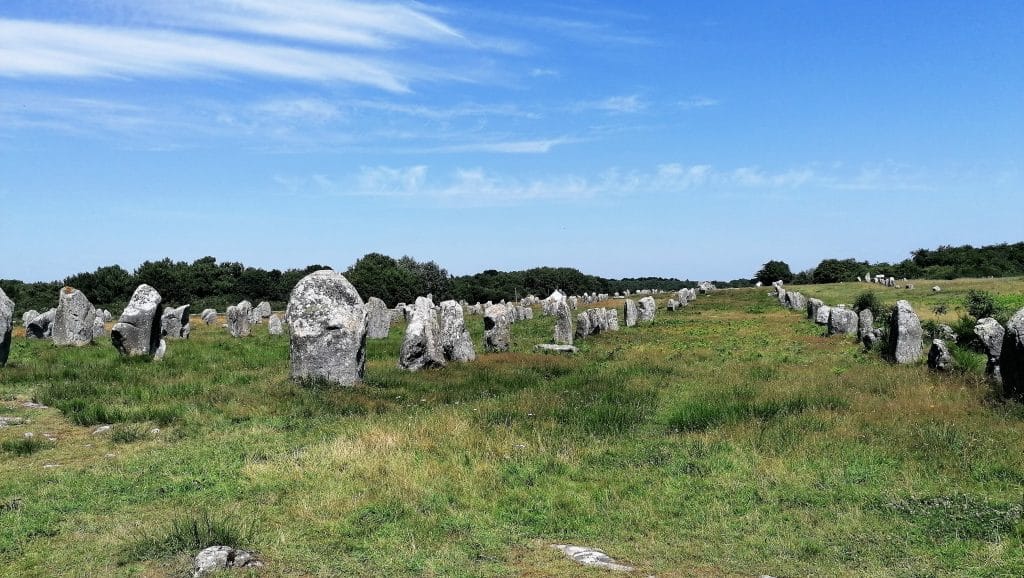
Morbihan which means in Breton language “Little sea” is the “Caribbean” of Brittany. The Gulf of Le Morbihan is one of the most beautiful bay in the world that will leave you breathless.
Vannes, the main city, built as an amphitheater in the very end of the Gulf of Le Morbihan, is one of the oldest settlement in southern Brittany.
The city founded by the Romans in the 1st century BC called St- Patern is now one area of Vannes outside the city walls.
This very pleasant city is great for a lunch break.
On the way to Rennes, the capital city of Brittany, you will have a last stop in Rochefort en Terre, one of the labeled “Most Beautiful Villages of France. The stone presence is so impressive that the whole place seems to be carved.
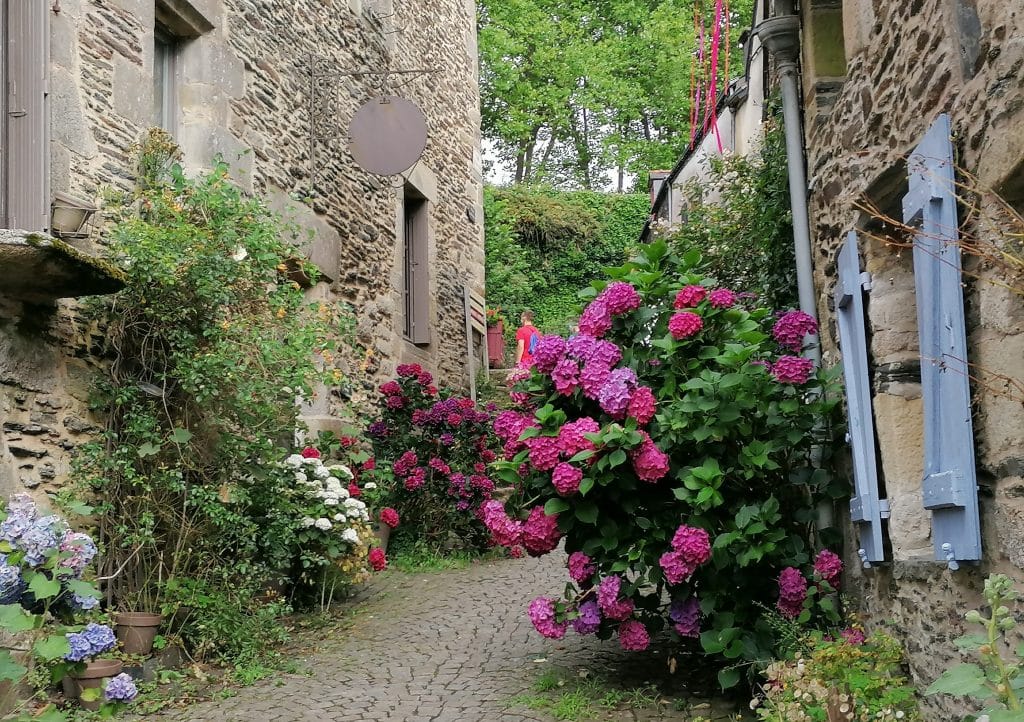
Then your private guide will drive you to Rennes or elsewhere where your trip ends.




